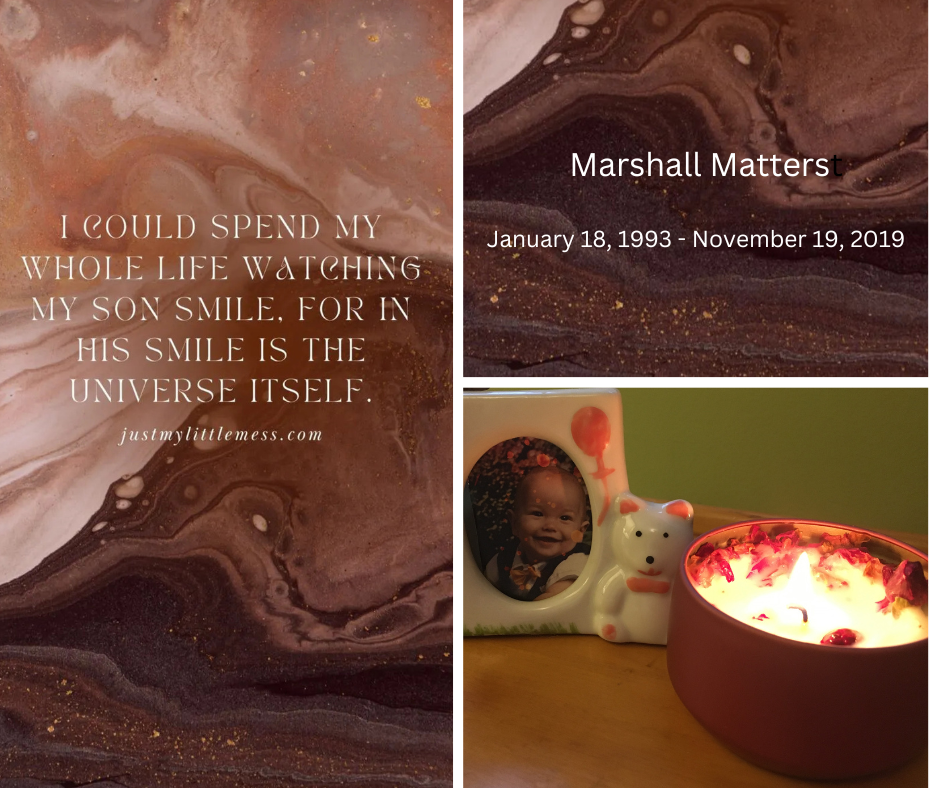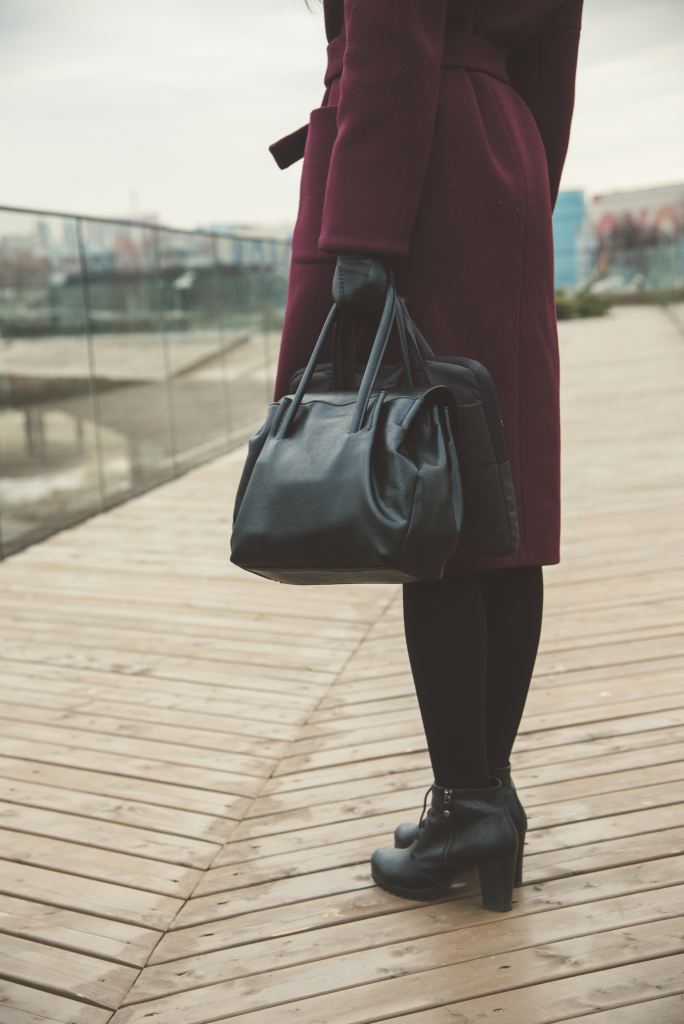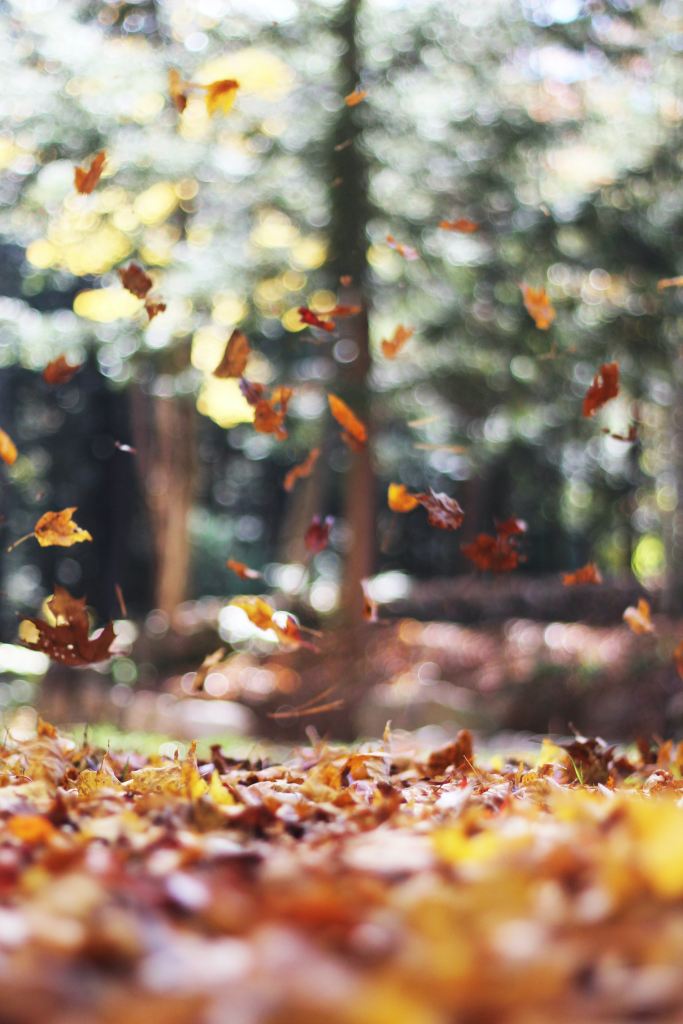“Take a second mortgage on the house and get one of those … It’s a vanilla bean; they’re expensive.”
In the days leading up to Thanksgiving, Chef Jean-Pierre’s melodious French accent echoed through our house. My partner, Mark, was deeply engrossed in one of the chef’s YouTube videos, determined to master a recipe for crème brûlée, as a tribute to my late son Marshall, who loved the delicate custard dessert.
Thanksgiving Day arrived, and sweet, as well as curried, aromas blended seamlessly with the roasted turkey and simmering gravy, filling our home and mingling with the bittersweet scent of memories. As my daughter, her BF and my life partner and I gathered around the table, our hearts held a mixture of gratitude, sorrow and unwavering love.
This Thanksgiving, our fourth without Marshall and his wry humor and roll-up-your-sleeve helping attitude, was a poignant reminder of the profound impact he had on our lives for his brief 26 years on earth.
Inspired by last weekend’s conferences, I hoped to rekindle the warmth and joy that Marshall brought to our Thanksgiving gatherings by not only making one of his favorite desserts, but also his signature curry pumpkin coconut soup.
I had special-ordered white ceramic dessert dishes, only to be baffled by the sudden appearance of a crystal clear one in the sink that no one could account for. (Later, it was revealed to me that the dish was my dear childhood friend, Anna’s.)

This was the first holiday that I decided to set a place at the table for my son. To my astonishment, Marshall’s photo slid out from the cutlery, as if guided by an unseen force. Immediately, I knew to place the photo from 2008 front and center on his designated chair. The place setting was a simple gesture, and it brought a sense of comfort amid our grief.
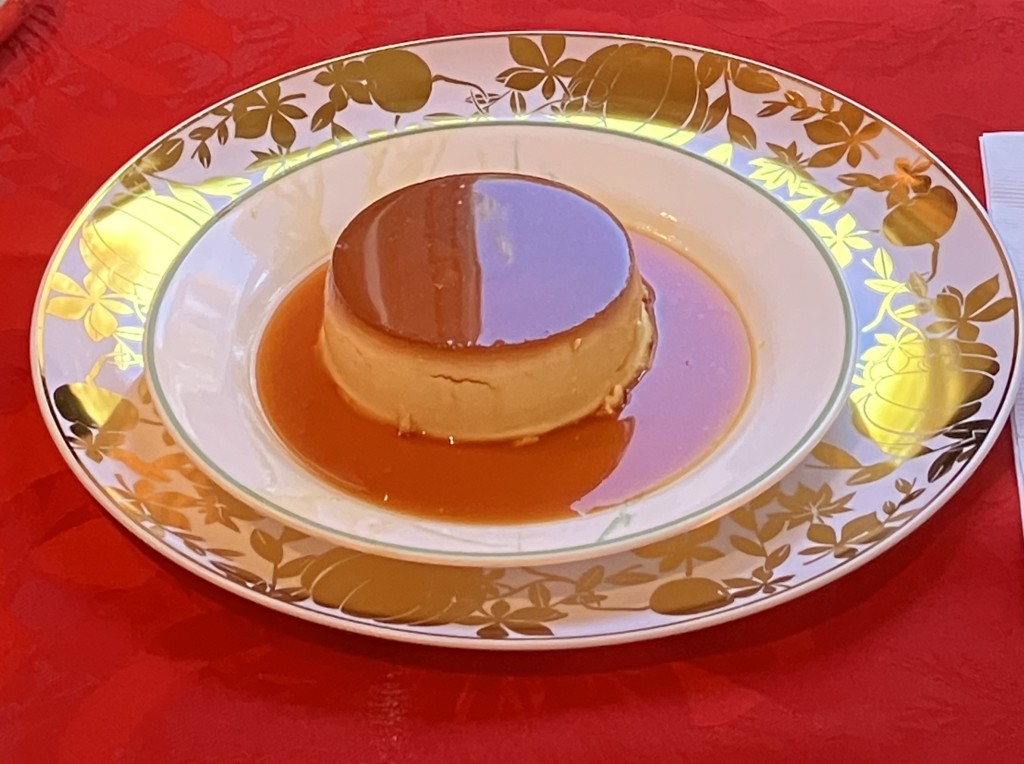
The meal was a symphony of flavors and memories. It began with the creamy, aromatic soup that evoked Marshall’s infectious laughter and his love for curry in each sip and ended with the velvety crème brûlée, nesting in its delicately caramelized crust that reminded us of his sweet tooth and his insatiable curiosity for new culinary experiences. Marshall mattered, and so did my mom, dad and brother Michael. Although they were no longer physically present, their spirits were woven into the very fabric of the gathering.
As our stomachs filled so did our hearts. In the quiet moments between laughter and tears, there was a sense of peace, a gentle acceptance of the inevitable.
This past Thanksgiving, though tinged with sadness, served as a testament to the enduring power of faith, love and the resilience of the human spirit. It was a reminder that even in the darkest of times, there is always light to be found, and that love’s embrace extends beyond the confines of mortality, like the lingering aroma of a cherished spice.
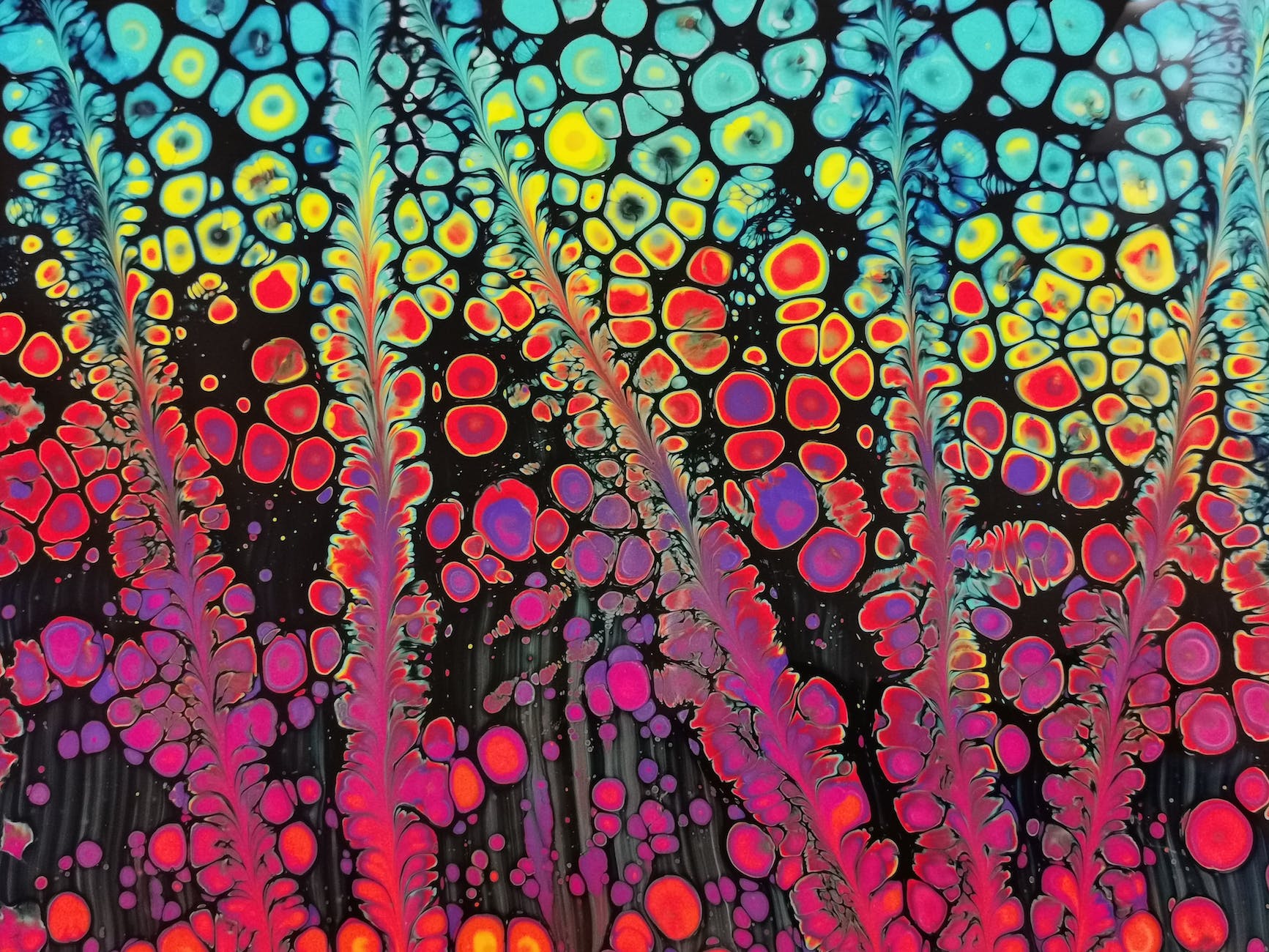
Curry Pumpkin Coconut Soup in Honor of Marshall
Ingredients:
1 tablespoon olive oil
1 medium onion, finely chopped
3 cloves garlic, minced
1 tablespoon ginger, grated
1 tablespoon red curry paste
1 (14-ounce) can diced tomatoes
1 (15-ounce) can pumpkin puree
1 (13.5-ounce) can coconut milk
2 cups vegetable broth
1 teaspoon salt
1/2 teaspoon black pepper
1 tablespoon lime juice, plus more to taste
Garnish (Optional):
Fresh cilantro leaves
Pumpkin seeds
Shredded Coconut or Coconut milk
Lime wedges
Instructions:
Heat the olive oil in a large pot over medium heat. Add the onion and cook until softened, about 5 minutes.
Add the garlic, ginger, and curry paste and cook for 1 minute more, until fragrant.
Stir in the diced tomatoes, pumpkin puree, coconut milk, vegetable broth, salt, and pepper. Bring to a boil, then reduce heat and simmer for 30 minutes, stirring occasionally.
Using an immersion blender or a regular blender, puree the soup until smooth.
Stir in the lime juice to taste.
Ladle the soup into bowls and garnish, if you like, with cilantro, pumpkin seeds, shredded coconut, coconut milk and/or lime wedges.

Chef Jean-Pierre’s Recipe for Crème Brûlée in Honor of Marshall
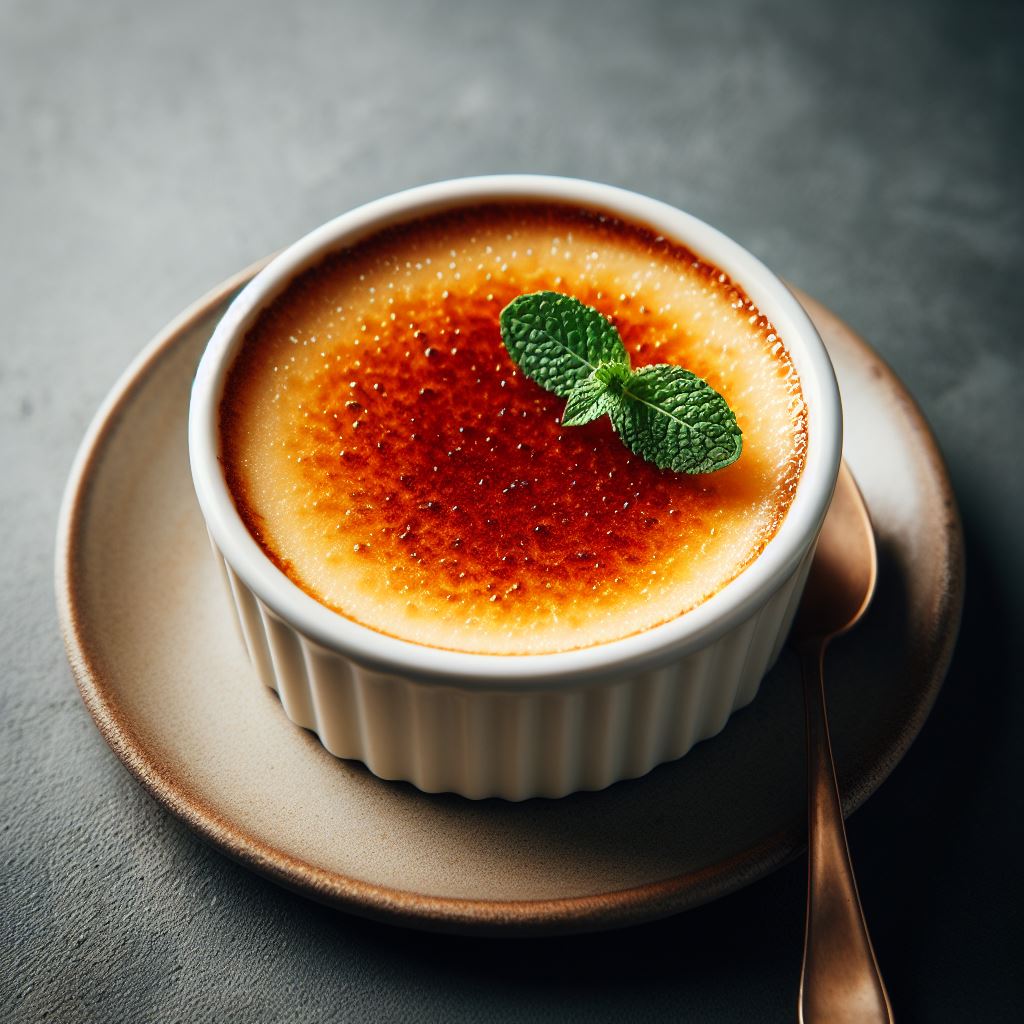
Ingredients:
4 whole eggs
½ cup granulated sugar or ¼ sugar and 2 ounces white chocolate
12 ounces whole milk
12 ounces heavy whipping cream
1 pinch salt
1 tablespoon pure Tahitian vanilla extract or imitation vanilla extract
Equipment:
4 ramekins or small baking dishes
Large saucepan
Mixing bowls
Whisk
Fine-mesh sieve
Culinary torch or broiler
Instructions:
Preheat the oven to 325°F (163°C). Place the ramekins in a baking dish and set aside.
In a saucepan, combine the milk, cream, white chocolate and vanilla extract. Heat over medium heat until just simmering.
In a mixing bowl, whisk together the eggs, sugar, and salt until well combined.
Gradually whisk the hot milk mixture into the egg mixture until fully incorporated.
Strain the custard through a fine-mesh sieve into a clean bowl to remove any impurities.
Divide the custard evenly among the prepared ramekins.
Carefully fill the baking pan with hot water to reach about halfway up the sides of the ramekins.
Place the baking pan in the preheated oven and bake for 45-50 minutes, or until the custards are set, but still slightly jiggly in the center.
Remove the ramekins from the water bath and let cool completely on a wire rack.
Refrigerate the crème brûlée for at least 2 hours, or preferably overnight.
Enjoy your Chef Jean-Pierre’s Crème Brûlée in honor of someone you love!
All rights reserved. Unauthorized use and/or duplication of this material without express and written permission from the author is strictly prohibited.






